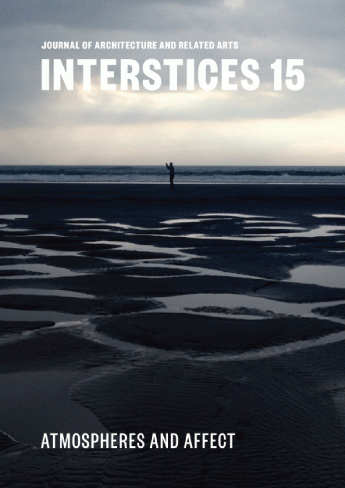Pleasure in reading tradition
Abstract
This paper examines architecture as performative space in two ways: firstly, as an interface between movement, temporality and physical configuration and, secondly, as a matter of signification, reading and representation. A close reading of field-work notes concerning an event in a vernacular church interior develops an intoxicating mixture of ceremony, incense, song and prayer; geometry, volume, surface and iconography; and the movements of women’s bodies. If we call this mixture an ‘atmosphere’ through which architecture is moved beyond its material enterprise, how can it be understood and read? Architectural representation alone, as plan, section and elevation, is insufficient since its focus on form and geometry fails to take account of atmosphere and other traces of activity. Therefore, field-work notes and images are used to set up a dialectical relationship between, on the one hand, the ‘textual data’ of stories, legends, and histories and, on the other, an ‘architectural frontier’ of plan and elevation. This ‘archi-textual’ approach challenges some of the divisions between a discourse of atmosphere and the theories of signs and semiotics the former critiques. It does this through a series of experiments, in which drawings and models are revised to raise questions about interpretation and the construction of meaning within representation. The paper argues that the pleasure of observing, experiencing or describing that original atmospheric mixture is mediated by reading. Pleasure shifts from the observation of vernacular architecture and culture as an otherness to the pleasure of revising the meaning of architecture.


